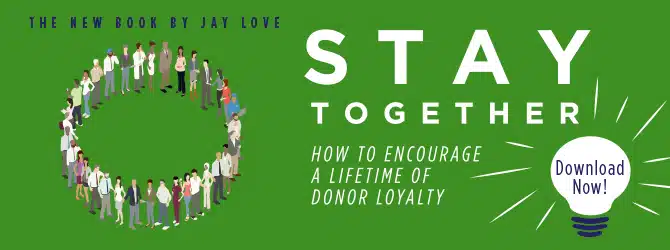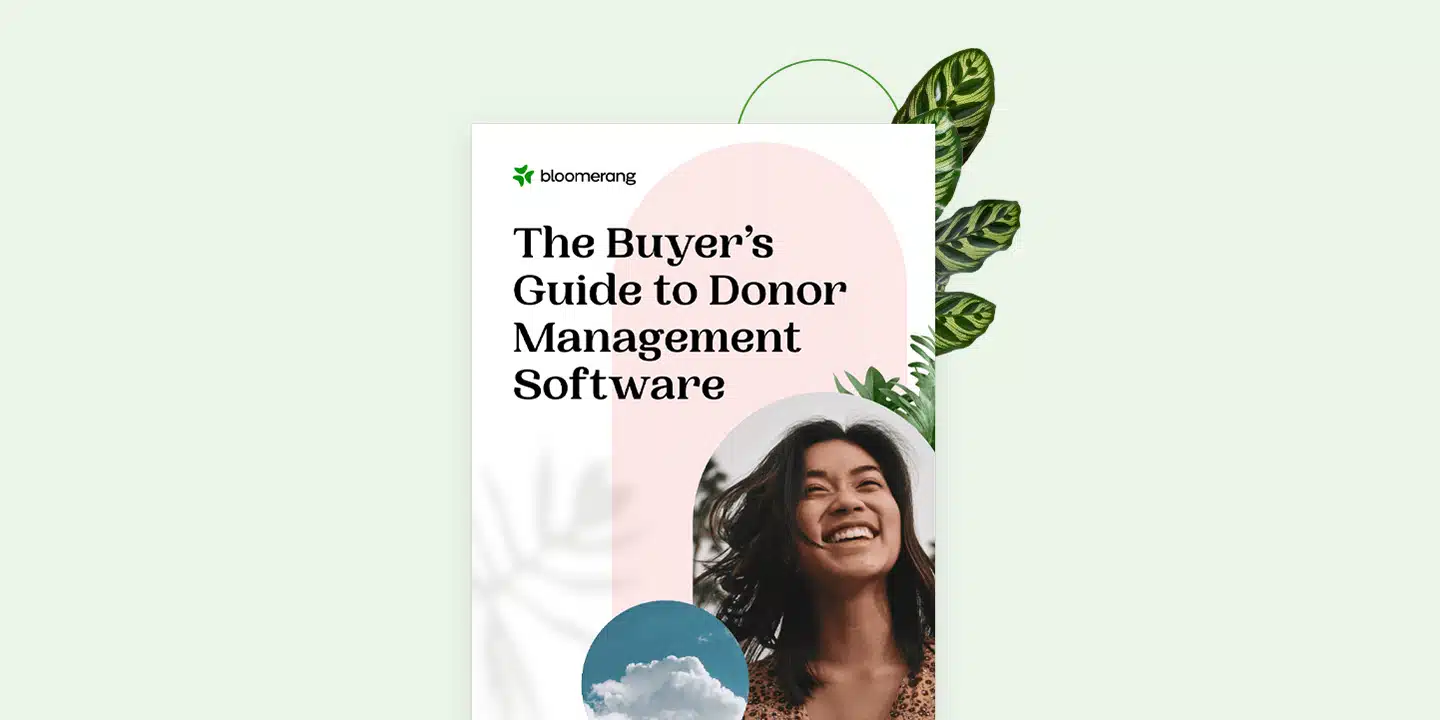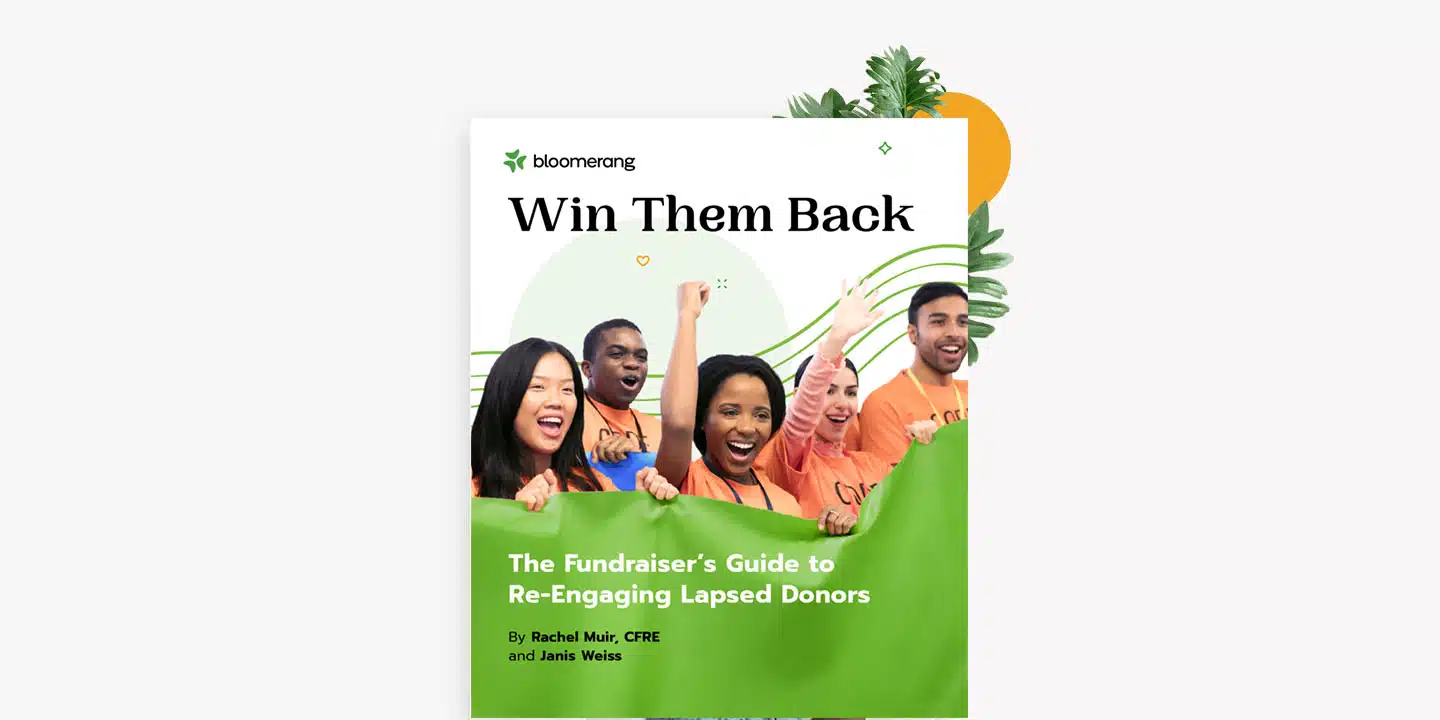Memorial and Tribute Donors Can Be Retained (With Some Help)


Full Platform Overview Chat With Us



Full Platform Overview Chat With Us





Fundraisers who track their donor retention rates often ask if they should include memorial and tribute donors in their calculations.
My response is always the same: should baseball teams include the pitching staff’s (usually dismal) batting average in their team average?
Just because the average is lower for one type of donor does not mean there isn’t an opportunity to improve it! Writing them off as impossible to retain by removing them from your average is self-defeating, but it doesn’t have to be that way!
There’s no doubt about it: retaining memorial and tribute donors is just plain tough. Retention rates are typically in the single digits. Those donors made a gift for an initial reason other than to support your mission (“initial reason” being the key phrase). They were simply honoring the wishes of the family and making a gift rather than taking another action such as purchasing flowers. The bereaved family has chosen the charity, not the donor.
However, this initial reason is a great foundation to work from, since they understand and appreciate philanthropy.
But what is the next step in retaining those donors?
A Special Introduction
When my father passed away several years ago, the funeral home director asked if we would like to name a nonprofit for memorial gifts. My brothers, who are not involved with philanthropy as I am, were not sure what to do.
However, I knew it could make a difference for the charity we chose, even if just in a small manner. In addition, I suspected there was an opportunity to do even more and to perhaps improve the deplorable retention rate of the wonderful people kind enough to make a memorial gift in my father’s honor.
I reached out to our chosen charity to ask who the top fundraising executive was so that I could make a very special introduction. The woman in this role agreed, hoping that the introduction may just make enough impact to drastically improve the retention rate of those making a memorial gift.
The charity received 31 memorial gifts ranging from $20 to $150 in size. I knew the biggest impact of any thank you besides a personal visit was a handwritten note. Because of that key fact, I decided to create a handwritten thank you note for every person or family that had been kind enough to make a memorial gift.
Yes, that was a fair number of notes to write, but honestly it was also a truly special therapy for me. For most of the people I knew the relationship they had with our family and I could relive it a bit as I commented in the note. A few of them led to a later luncheon visit or phone call.
Near the end of each note I introduced the fundraising professional at the chosen charity and mentioned she would love to inform the donor of just want the monies would be used for. Basically, I was creating a bit of an opt-in for donor to the fundraising and some future communications.
Positive Results!
I did not ask for specifics when I later heard from the professional fundraiser I had introduced in my notes. (This was not a formal research study…)
However, in our conversation she stated that the retention rate for this group of memorial donors was already well above any previous ones they had seen.
This just might be a bit of a breakthrough strategy if you have a member of the family or two that would like to participate in their own note writing.
How about the rest of you out there, have you tried this method of follow-up with memorial and tribute donors? If so, did the retention rate improve? Let me know in the comments below!





Comments